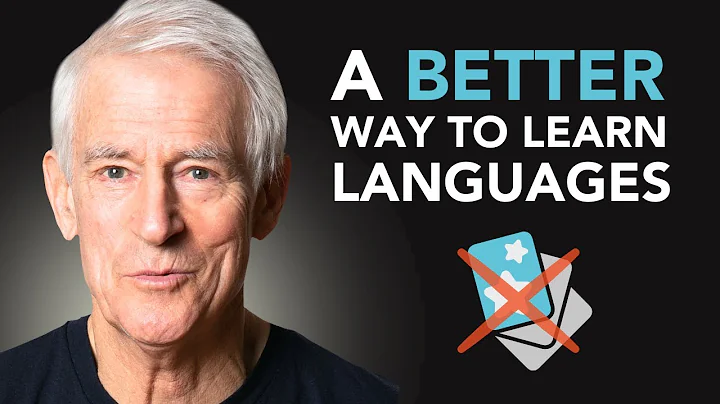Because the teacher qualification certificate exam has many contents and wide range of aspects, it is important to choose the correct review method before the exam. The correct review method will definitely make your review twice the result with half the effort. Common and practical review methods mainly include the following steps in the first stage, mainly organizing the knowledge framework, which takes approximately two or three days.

is approaching the end of the exam. At this time, many candidates have read the books and roughly know what knowledge points are contained in the books, but they are a mess. In order to allow us to quickly select a certain knowledge point in the exam, so that the knowledge points will not be confused, we should list a framework for each subject and organize the knowledge system. In this way, when doing the questions, we can quickly lock the scope of answering and extract relevant knowledge points. Especially for educational knowledge and ability, we need to sort out the scope of answers to the material analysis questions, and what contents are easy to get the material analysis questions, which require us to spend more time reviewing.
stage 2, by doing test questions to clarify the key points, this stage takes about three or four days. During this period, you can test the results of the candidates' first reading, and on the other hand, you can clarify the key and difficult knowledge and know which knowledge points are more frequently tested, so as to review certain knowledge points in a targeted manner. And you need to study the test questions to understand the form of each test point, clarify which knowledge points are easy to issue objective questions, and which knowledge points are easy to examine everyone in the form of subjective questions, so as to strengthen the preparation for the subjective questions in a targeted manner, so as to achieve twice the result with half the effort!

The third stage is to strengthen the review of subjective questions, which takes about a week. After analyzing the test questions and clarifying the topics of the subjective questions, you should strengthen the memorization of short answer questions, especially the subject of educational knowledge and ability. Short answer questions and material analysis questions account for a large number of points, and relatively complex subject knowledge, so you should strengthen understanding and memorization. At the same time, we must also strengthen the understanding and practice of material analysis questions in comprehensive quality subjects. The scores of the three material analysis questions account for one-third of the total score, so we need to strengthen the practice. The purpose is to improve the speed of doing the questions so that enough time can be left for the subsequent writing.

During this period, we must also continuously accumulate writing materials and read related articles every day. The accumulation every day can lay a solid foundation for future writing while maintaining a sense of reading language, laying a solid foundation for reading comprehension, and insisting on being able to write an essay every day, which can improve writing speed and strengthen writing ideas. The fourth stage is the sprint stage, which takes two or three days to do a set of test questions within the specified time. Test your own speed and quality of your questions so that you can arrange your exam time reasonably. More importantly, clarify the answer ideas of each type of question. Conceptual questions and short answer questions must ensure a clear memory of knowledge points, and do not blur important concepts. Short answer questions can be remembered first by remembering keywords and then filled in sentences. When discussing questions, you must first state your own opinions, then state the reasons in the entry, and finally summarize them. For case analysis questions, you must first analyze the content and key points of the case and put forward your own basic opinions, then propose theoretical basis, and then discuss them in combination with the content in the case, and finally draw conclusions or countermeasures for case analysis; try to focus on your own habits in the specific answers.











